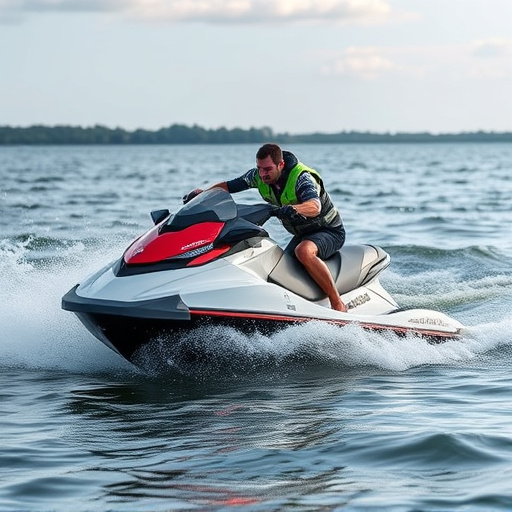Before recharging a dead boat battery, test and diagnose its health. Regularly maintain and inspect batteries for corrosion and damage. Use dedicated boat battery chargers for precise voltage control and optimal charging. Monitor charging status, unplug when not in use, and set clear boundaries to prevent overcharging. Store boat batteries properly with specialized chargers or storage solutions. Clean terminals regularly with baking soda, inspect connections, and replace as needed. Modern alternators recharge batteries efficiently by converting engine energy. Replace outdated boat batteries for improved performance and extended lifespan, considering specific needs.
Recharging a dead boat battery is crucial for keeping your vessel operational. Before reaching for the charger, assess the battery’s health through testing and diagnosis. Implement best practices like using dedicated boat battery chargers and setting clear charging limits to avoid overcharging—a common cause of damage. Regular maintenance, including cleaning corrosion and inspecting connections, ensures longevity. Explore alternative energy sources like alternators and be prepared for prolonged inactivity with storage techniques. If all else fails, consider upgrading to a new boat battery.
- Assess Battery Health: Test and Diagnose Before Recharging
- Optimize Charging: Use Dedicated Boat Battery Chargers
- Avoid Overcharging: Set Clear Limits for Safety
- Implement Storage Techniques: Prepare for Prolonged Inactivity
- Regular Maintenance: Clean Corrosion, Inspect Connections
- Utilize Alternators: Harness Energy from Engine Operation
- Consider Replacement: Upgrade to a New Boat Battery When Necessary
Assess Battery Health: Test and Diagnose Before Recharging
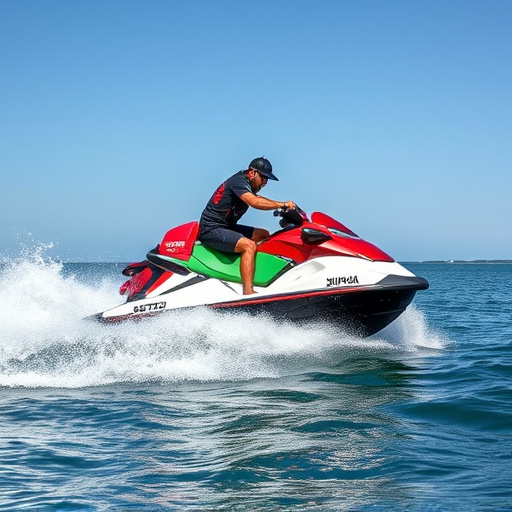
Before attempting to recharge a dead boat battery, it’s crucial to assess its health and performance. Regularly testing and diagnosing your boat battery is essential to understand its current condition. Start by checking the battery voltage with a voltmeter. A fully charged 12-volt marine battery should read around 12.6 to 12.8 volts when at rest. If it’s consistently below this range, there might be an issue with charging or an internal defect.
Additionally, examine any signs of damage, corrosion, or leaks on the battery terminals and casing. Corrosion can impede electrical connection, while a leaking battery may indicate a problem with its sealing system. These factors can significantly impact the battery’s ability to hold a charge. Regular maintenance, including cleaning and inspecting terminals, can help prevent such issues and ensure your boat battery is ready for recharging when needed.
Optimize Charging: Use Dedicated Boat Battery Chargers

Optimizing charging is a crucial step in maintaining your boat’s battery health. One effective way to achieve this is by using dedicated boat battery chargers. These specialized chargers are designed specifically for marine batteries and can provide more precise voltage control, which helps prevent overcharging—a common cause of battery degradation. By investing in a high-quality boat battery charger, you ensure your battery receives the optimal charging cycle, extending its lifespan and enhancing overall performance.
Dedicated chargers often come with advanced features like smart charging technology, which automatically adjusts the charge rate based on the battery’s condition. This ensures that your boat battery charges efficiently without subjecting it to excessive stress, resulting in a longer-lasting and more reliable power source for your vessel.
Avoid Overcharging: Set Clear Limits for Safety
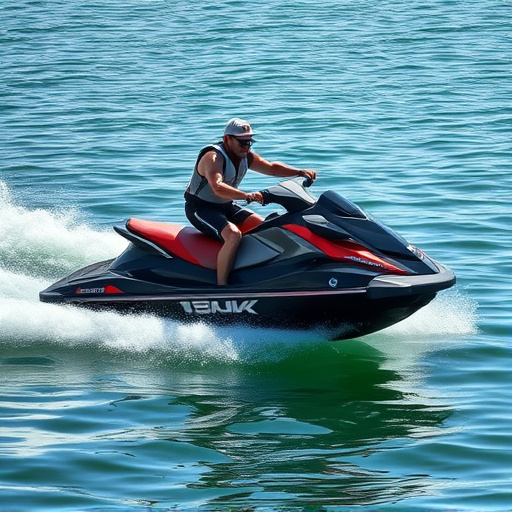
Overcharging is a common issue with boat batteries, especially if they’re left connected to a power source for extended periods. While it might seem like a quick fix, this can lead to severe damage and even pose safety risks. Modern boat batteries come with built-in protection mechanisms against overcharging, but understanding the limits is crucial. Keep an eye on your battery’s charging status and never leave it plugged in when not in use. Set clear boundaries for charging times to ensure optimal health and longevity of your boat battery, preventing any potential hazards associated with overcharging.
Implement Storage Techniques: Prepare for Prolonged Inactivity
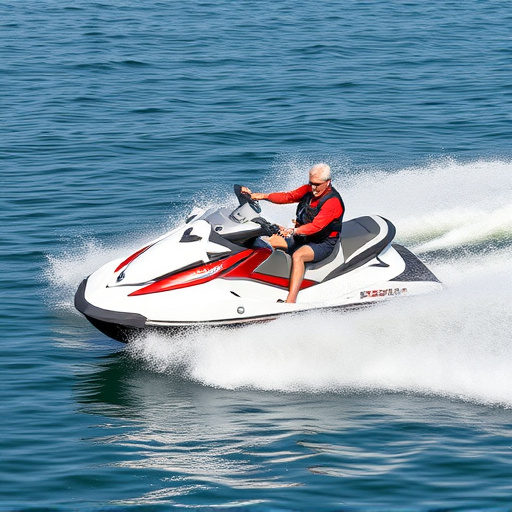
Implementing effective storage techniques is a crucial step in recharging a dead boat battery and ensuring its longevity. When a boat battery sits inactive for extended periods, it can discharge itself, leading to reduced performance or even failure upon reuse. To combat this, invest in high-quality battery chargers that are designed for storage. These chargers maintain a constant, low voltage to keep the battery charged without overloading it.
Additionally, store your boat battery in a cool, dry place, away from direct sunlight and extreme temperatures. Consider using insulated containers or battery blankets to regulate temperature fluctuations. By adopting these simple storage practices, you can significantly extend the lifespan of your boat battery, ensuring it’s ready for action whenever you need it.
Regular Maintenance: Clean Corrosion, Inspect Connections
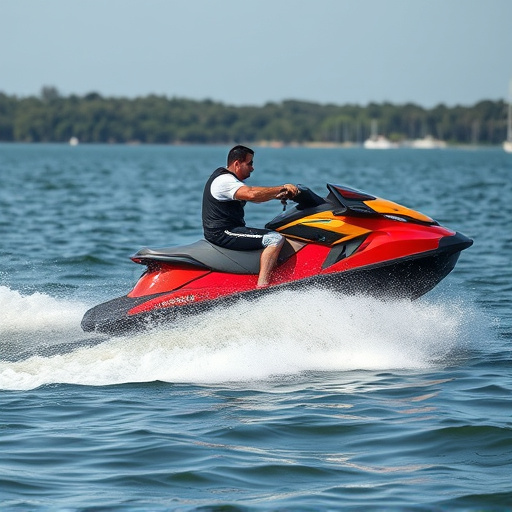
Regular maintenance is key to extending the life of any boat battery. One of the most important steps is cleaning corrosion from the terminals and connections. Over time, a buildup of corrosion can reduce the electrical connection between your battery and its components, leading to underperformance or even failure. Use a mixture of baking soda and water to gently scrub away corrosion, ensuring you thoroughly clean both positive and negative terminals.
Once cleaned, inspect all connections for any signs of damage, loose wiring, or frayed wires. Replace or repair as needed to maintain optimal battery function. Regularly checking and maintaining these components can prevent costly replacements and ensure your boat’s electrical system operates smoothly during your next adventure on the open water.
Utilize Alternators: Harness Energy from Engine Operation
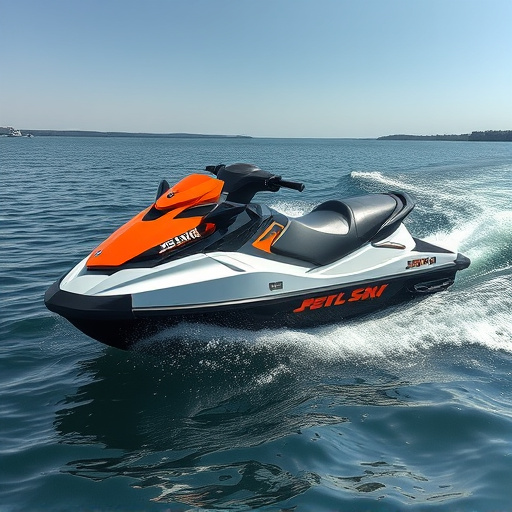
Many boats rely on their engines to power essential systems, and this can be a great way to recharge a dead boat battery. Alternators, which are integrated into most modern engines, convert the engine’s mechanical energy into electrical energy, providing a constant charge to the battery. By utilizing this system effectively, boaters can ensure their batteries stay in top condition. When the engine is running, the alternator spins a rotor, generating electricity that flows through diodes and into the battery, replenishing its power. This simple yet powerful method is an efficient way to keep your boat’s electrical systems running smoothly and extend the lifespan of your boat battery.
Consider Replacement: Upgrade to a New Boat Battery When Necessary
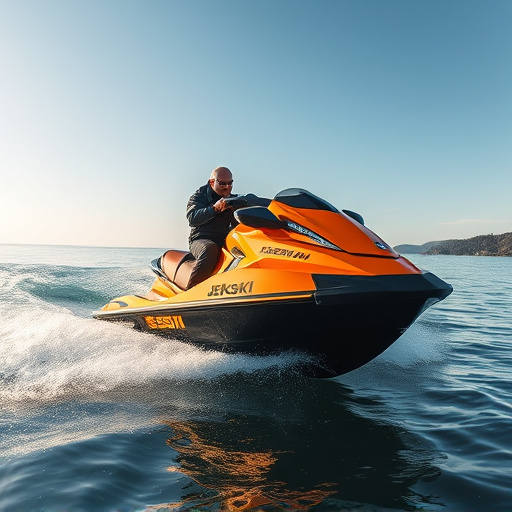
If your boat’s battery has seen better days, it might be time to consider a replacement. Over time, boat batteries degrade and lose their ability to hold a charge effectively. This could be due to frequent use, exposure to extreme temperatures, or age. Upgrading to a new boat battery is a sensible option when the existing one can no longer provide reliable power. Modern marine batteries come with advanced features, such as improved cold cranking amps (CCA) and enhanced cycle life, ensuring better performance and longevity.
When deciding on a replacement, it’s crucial to choose a battery that matches your boat’s requirements. Consider factors like the size, capacity, and type of battery needed for optimal performance. Regularly maintaining and charging your new boat battery will help extend its lifespan, ensuring your vessel remains operational and ready for your next adventure on the water.
Recharging a dead boat battery is crucial for ensuring your vessel remains operational. By assessing battery health, optimizing charging, avoiding overcharging, implementing storage techniques, performing regular maintenance, utilizing alternators, and considering replacement when necessary, you can extend the lifespan of your boat battery and avoid costly repairs or replacements. Remember that proper care and attention to these key areas are essential for maintaining a reliable power source on your boat.
